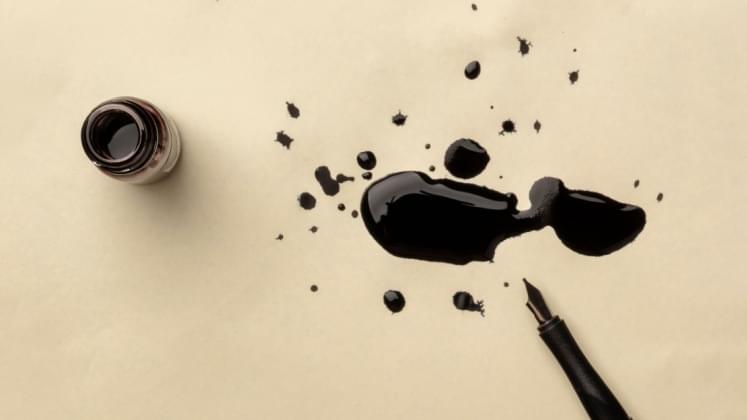W/ ruizhong qiu of university of illinois urbana champaign.
Speakers: Cecile Tamura, Ruizhong Qiu
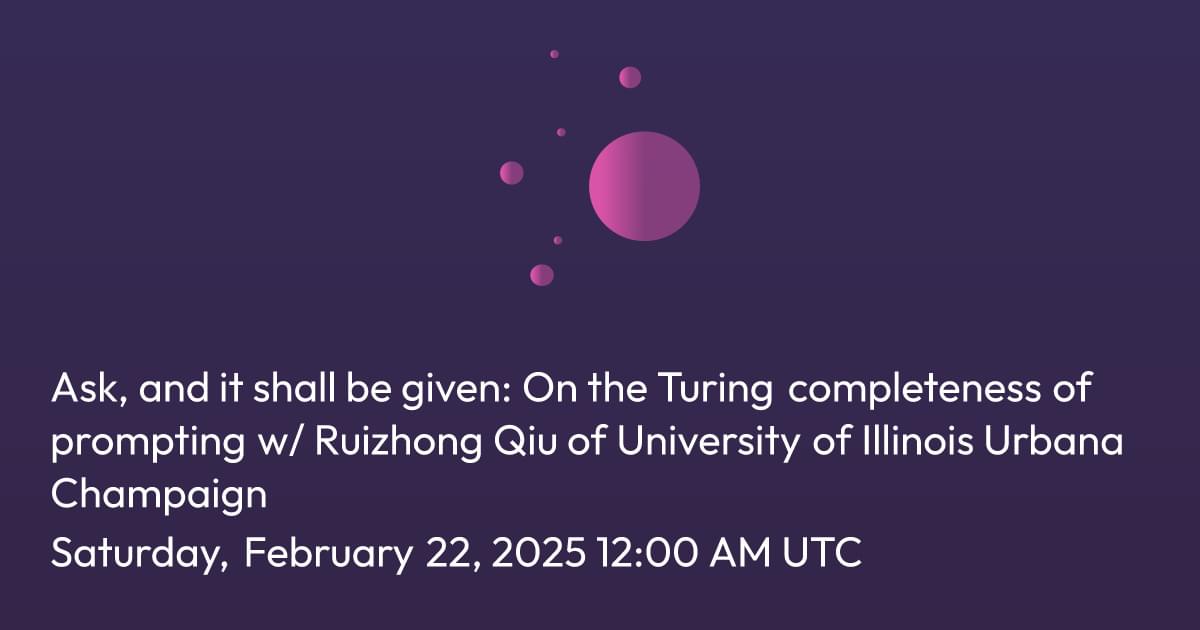
Promo video for “Love Simulacra,” by Bilian, from the soundtrack to Foreshadows: The Ghosts of Zero, a dark cyberfiction anthology by The Very Us Artists+Blindsided Books.
Archaeologists in Egypt have discovered an ancient tomb that belonged to King Thutmose II. It marks the first discovery of a pharaoh’s tomb in over a century after Tutankhamen was found in 1922. Professor Nozomu Kawai from Kanazawa University in Japan tells The World it’s \.
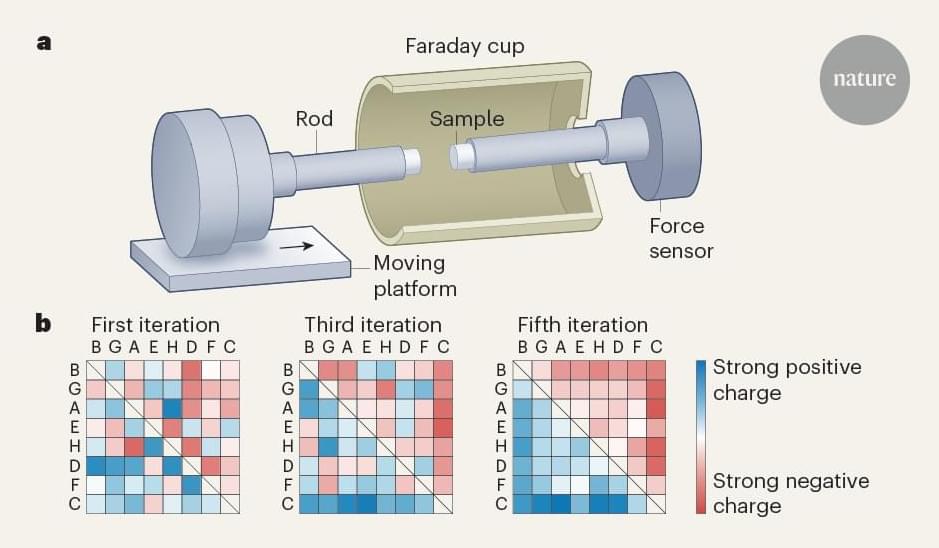
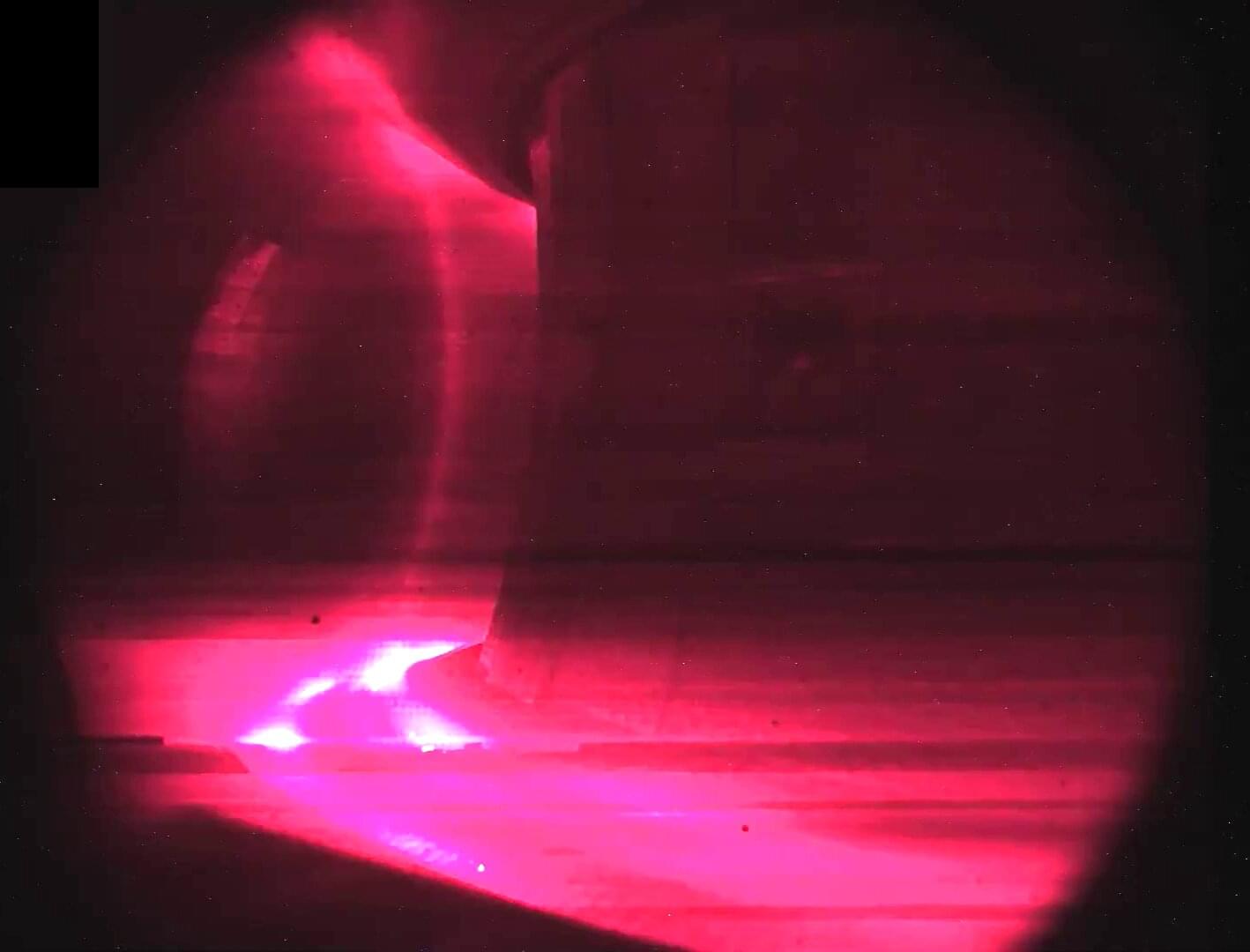
1,337 seconds: that was how long WEST, a tokamak run from the CEA Cadarache site in southern France and one of the EUROfusion consortium medium size Tokamak facilities, was able to maintain a plasma for on 12 February. This was a 25% improvement on the previous record time achieved with EAST, in China, a few weeks previously.
Reaching durations such as these is a crucial milestone for machines like ITER, which will need to maintain fusion plasmas for several minutes. The end goal is to control the plasma, which is naturally unstable, while ensuring that all plasma-facing components are able to withstand its radiation without malfunctioning or polluting it.
This is what CEA researchers intend to achieve and what explains the current record. Over the coming months, the WEST team will double down on its efforts to achieve very long plasma durations—up to several hours combined—but also to heat the plasma to even higher temperatures with a view to approaching the conditions expected in fusion plasmas.

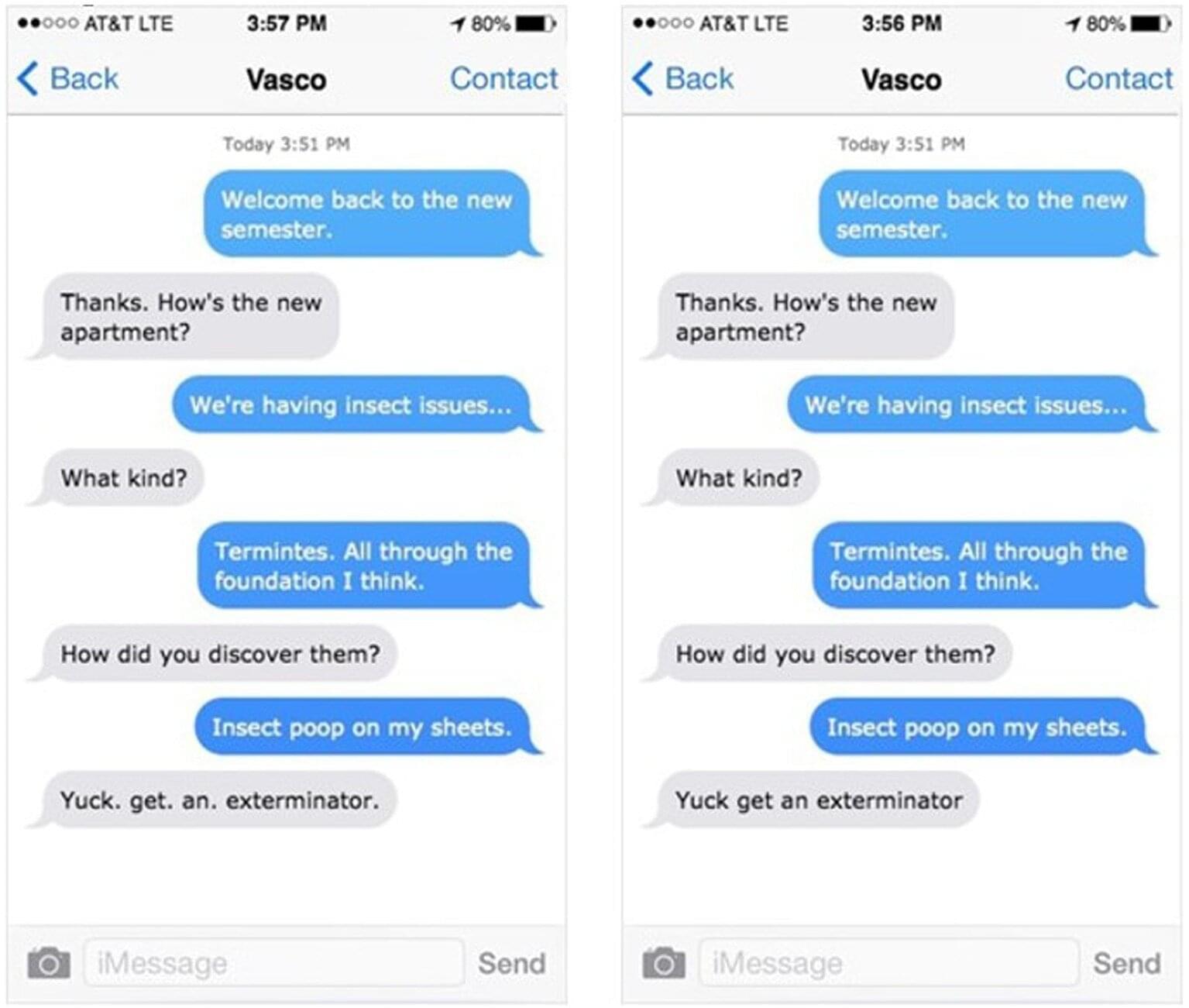
What would you think if you received this text message?
“Buy some milk”
Pretty straightforward. Nothing to bat an eye at. But what if the text read like this?
“Buy. Some. Milk.”
A little more intense, right? Does the texter need the milk immediately? Are they frustrated? According to new research from Binghamton University, State University of New York, textisms like these—such as adding a period after each word or putting each word in its own text bubble—can convey emotion and intensity.
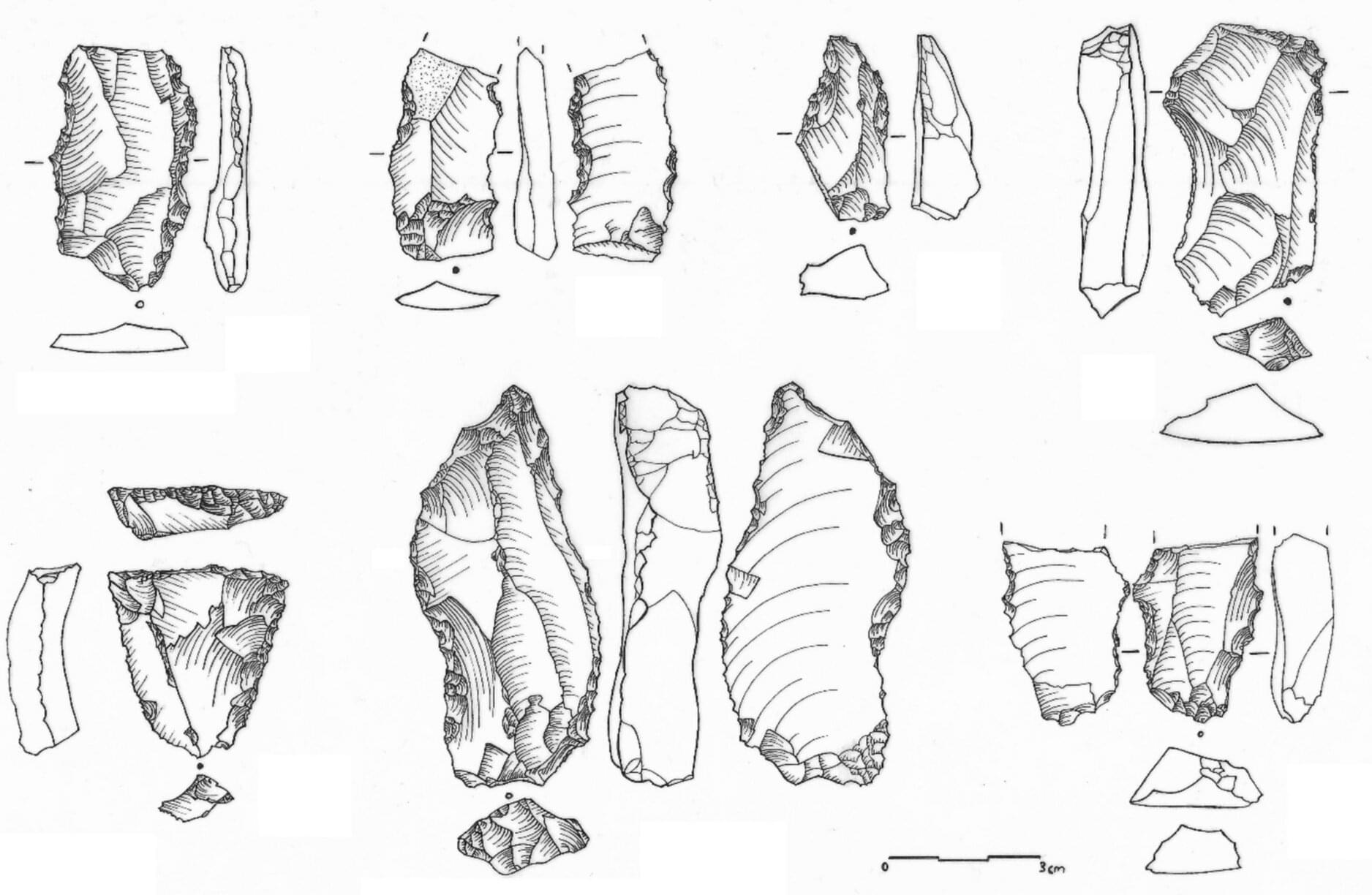
An international team of archaeologists, ethnologists and historians has uncovered the oldest-known evidence of stone blade production (made systematically) on the Arabian Peninsula. In their paper published in the journal Archaeological and Anthropological Sciences, the group describes the dig location in Jebel Faya, an archaeological site that has been under study for several years, located near the town of Al Madam in the United Arab Emirates (UAE), and the relic they found.
Prior research has shown that humans have been living in the region on and off for more than 200,000 years. Previous digs have revealed the use of stone tools and some evidence of assemblages through the Bronze, Neolithic, and Paleolithic ages.
In this new study, the researchers found what they describe as a stone assemblage dating back approximately 80,000 years. It is characterized by long flakes with parallel edges, which could only have been fashioned by Homo sapiens. The design of the blade suggests that it was made as part of a systematic production effort, marking the earliest evidence of such production on the Arabian Peninsula.

